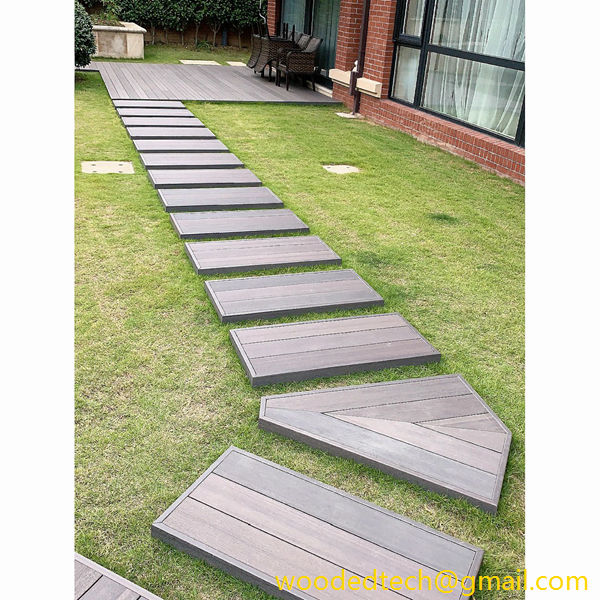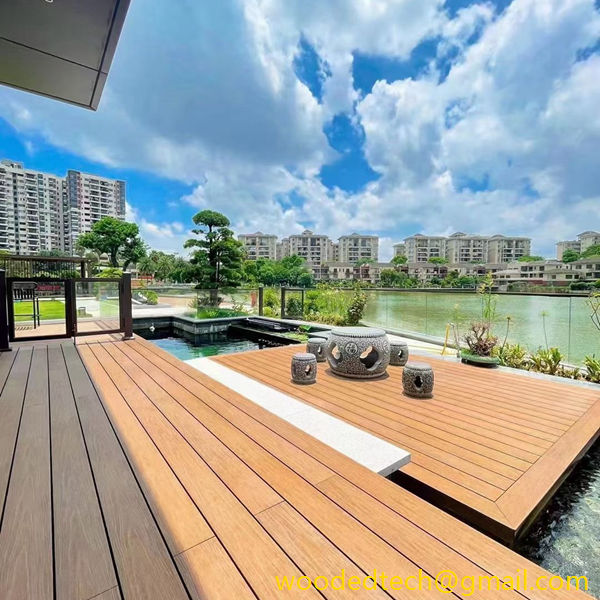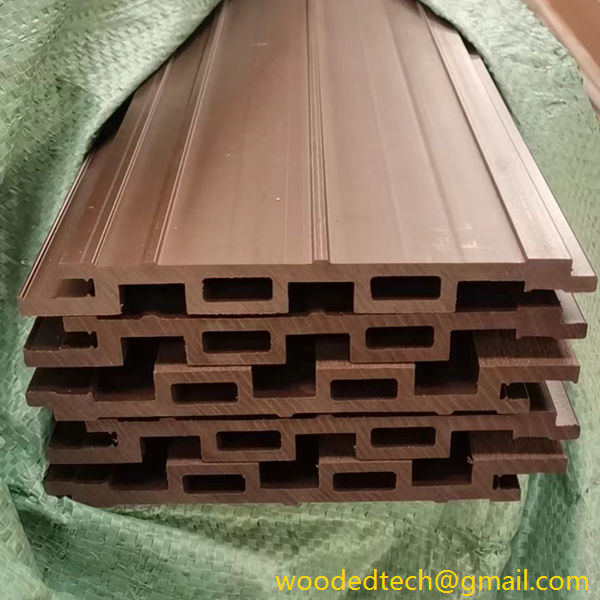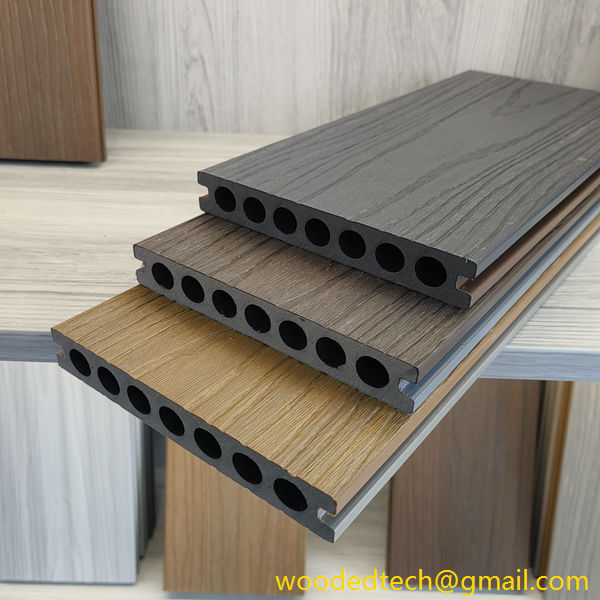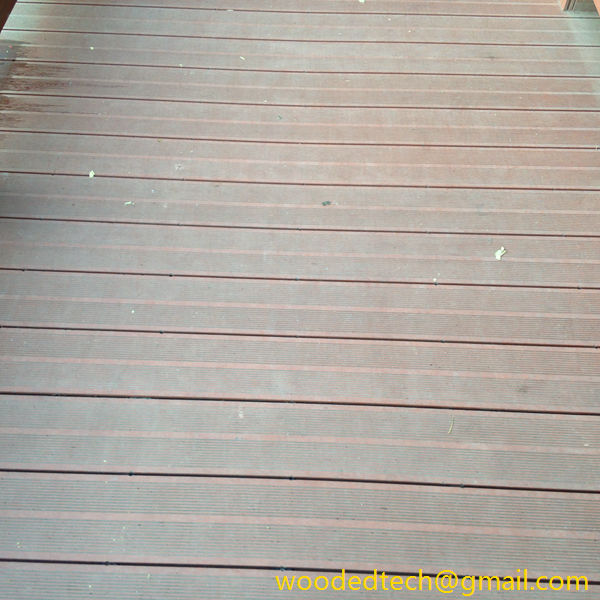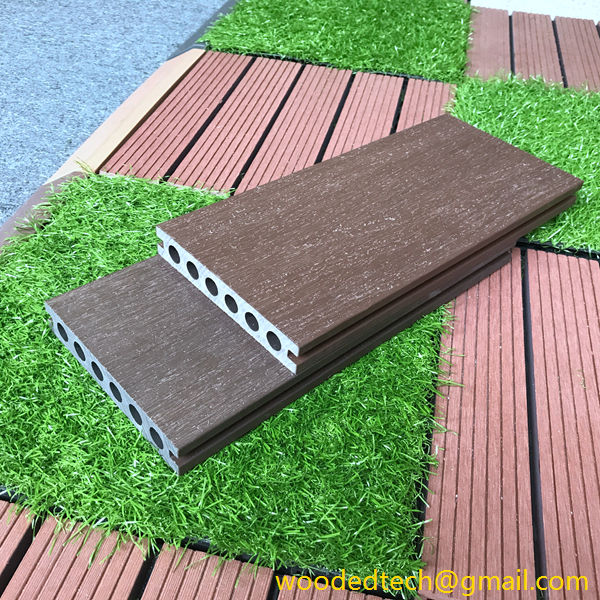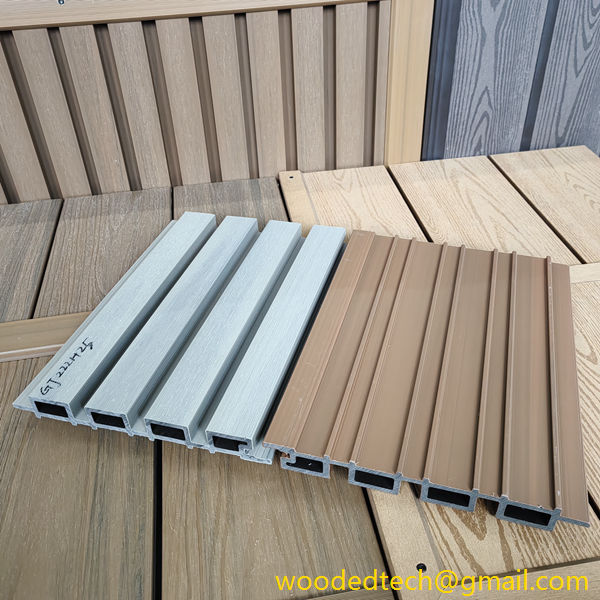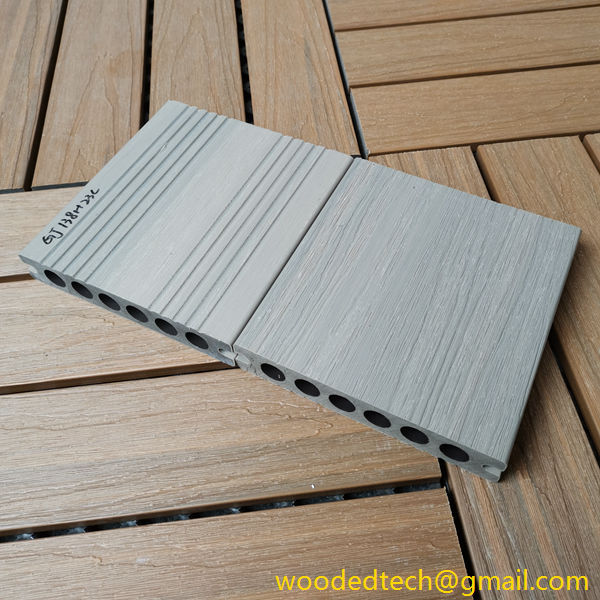How Much is Composite Decking: Understanding the Cost of Composite Decking Options
How Much is Composite Decking: Understanding the Cost of Composite Decking Options Composite decking has gained immense popularity in recent years, serving as an attractive and durable alternative to traditional wood decking. When considering a decking project, one of the most pressing questions homeowners often ask is, “How much does composite decking cost?” Understanding the…
How Much is Composite Decking: Understanding the Cost of Composite Decking Options
Composite decking has gained immense popularity in recent years, serving as an attractive and durable alternative to traditional wood decking. When considering a decking project, one of the most pressing questions homeowners often ask is, “How much does composite decking cost?” Understanding the costs associated with composite decking involves more than just a simple price per square foot. Several factors contribute to the overall expense, including the type of composite material chosen, installation costs, and long-term maintenance considerations.
To begin with, the cost of composite decking can vary widely based on the quality and brand of the materials. Generally, composite decking is available in two main types: capped composite and uncapped composite. Capped composite decking, which is covered with a protective layer that resists fading, staining, and scratching, tends to be more expensive than uncapped options. This protective layer enhances the durability and longevity of the material, making it a worthwhile investment for many homeowners.
The price per square foot for composite decking typically ranges from $2 to $5, depending on the brand and quality. However, higher-end brands may charge up to $10 per square foot. When budgeting for a decking project, it is crucial to consider the long-term value of investing in a higher-quality product. While it might seem more economical to choose a less expensive option initially, lower-quality materials may require more frequent replacements or repairs over time, leading to higher costs in the long run.
Another important factor to consider when determining the cost of composite decking is the installation process. Homeowners can choose to install the decking themselves, which can save on labor costs, or hire a professional contractor. If opting for professional installation, the average cost can range from $5 to $15 per square foot, depending on the complexity of the project and the contractor’s rates. Factors such as the size of the deck, the type of substructure needed, and any additional features like railings or stairs will also influence the total installation cost.
Additionally, the layout of the deck can impact the overall cost. Complex designs, such as multi-level decks or those with curves, will require more materials and labor, thereby increasing the price. On the other hand, a simple rectangular deck will generally be less expensive to build. Homeowners should carefully consider their design choices and how they align with their budget.
In addition to upfront costs, it is essential to factor in the long-term maintenance expenses associated with composite decking. One of the primary advantages of composite materials is that they require significantly less maintenance than traditional wood decks. Unlike wood decks that need regular staining, sealing, or painting to maintain their appearance and protect against the elements, composite decking only requires occasional cleaning with soap and water. This reduced maintenance translates to lower costs over time, making composite decking an appealing option for many homeowners.
It’s also important to note that some manufacturers offer warranties on their composite decking products, which can provide peace of mind and further protect your investment. Warranties typically cover fading, staining, and structural integrity, and can last anywhere from 25 years to a lifetime, depending on the brand. When considering different composite decking options, it is wise to review the warranty details as they can significantly influence the overall value of the product.
Another aspect that contributes to the cost of composite decking is the environmental impact. Many composite decking materials are made from recycled materials, including wood fibers and plastic waste. While this eco-friendliness might not directly affect the price, it is an important consideration for environmentally conscious homeowners who want to make sustainable choices for their outdoor spaces. Some manufacturers may charge a premium for eco-friendly products, but the long-term benefits to the environment may outweigh the initial costs.
When planning for a composite decking project, it is also essential to account for additional features that can enhance the overall aesthetic and functionality of the deck. Items such as built-in lighting, integrated seating, planters, and decorative railings can add to the overall cost but can also elevate the outdoor living experience. Homeowners should consider which features are essential for their lifestyle and how they fit into the budget.
In conclusion, the cost of composite decking is influenced by a multitude of factors, including the quality of materials, installation costs, long-term maintenance, warranties, and additional features. While the initial expense may seem higher compared to traditional wood decking, the long-term benefits and reduced maintenance requirements can offer significant savings over time. By carefully evaluating options and considering both upfront and ongoing costs, homeowners can make informed decisions that align with their budget and enhance their outdoor living spaces. Ultimately, investing in composite decking can provide a beautiful, durable, and low-maintenance solution for years to come.

